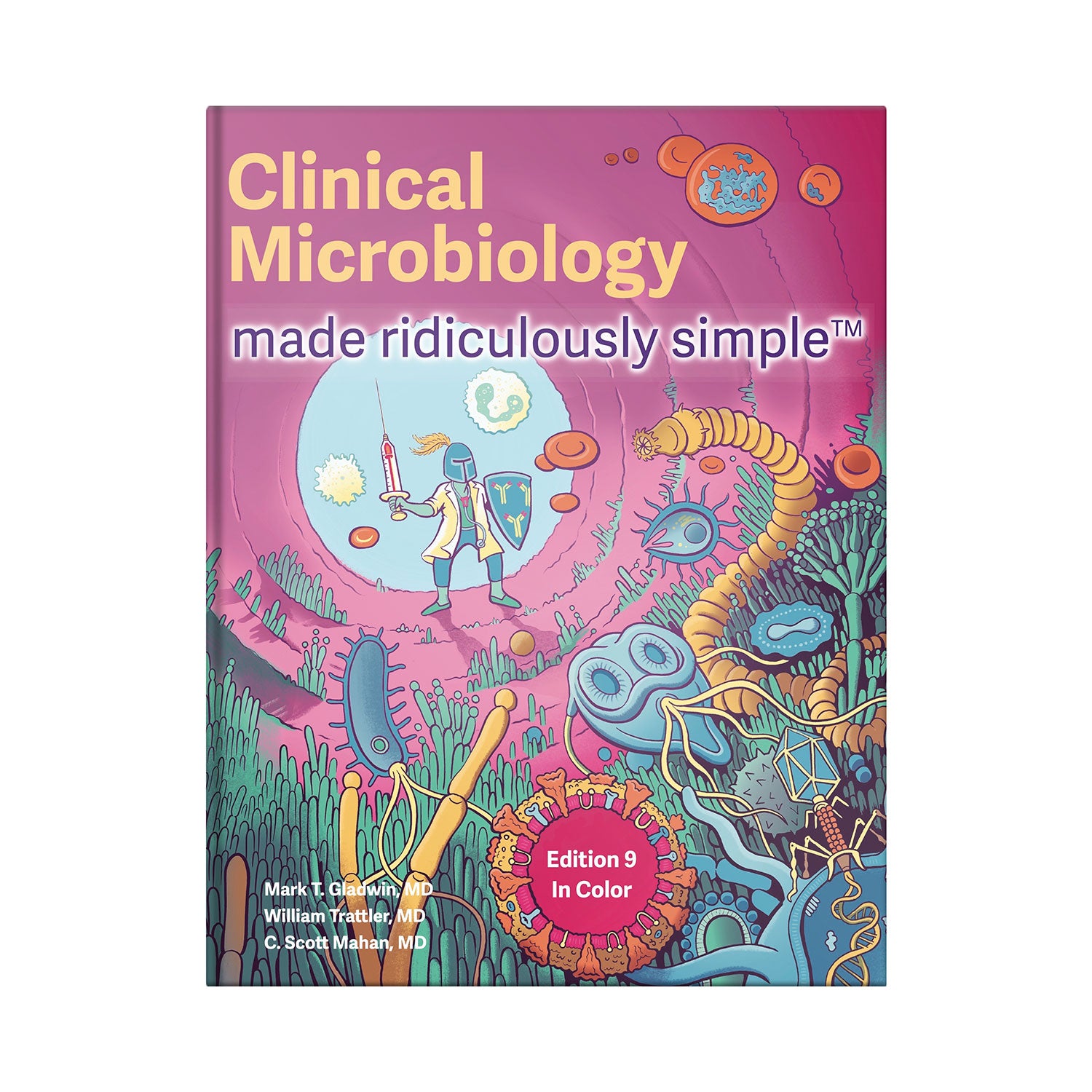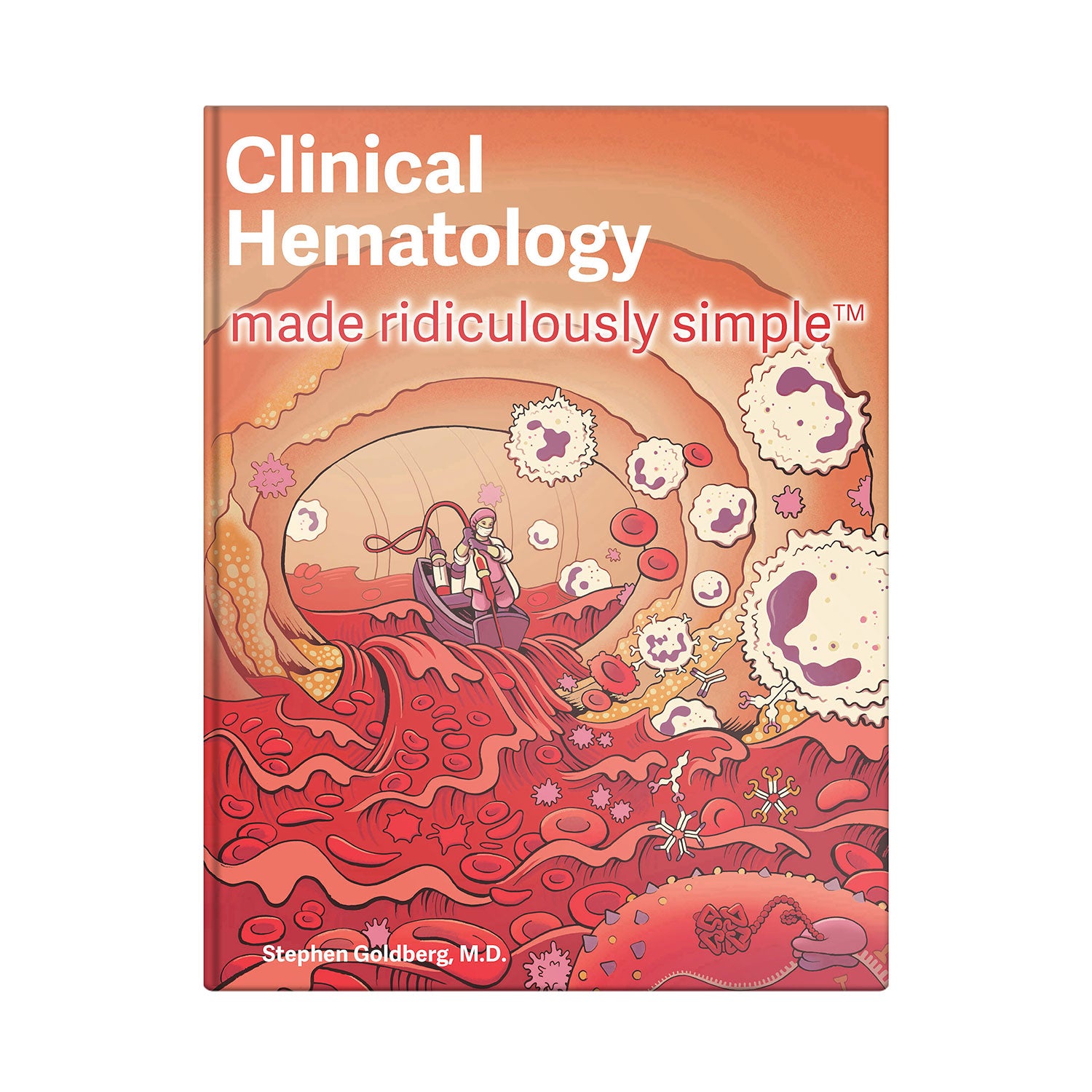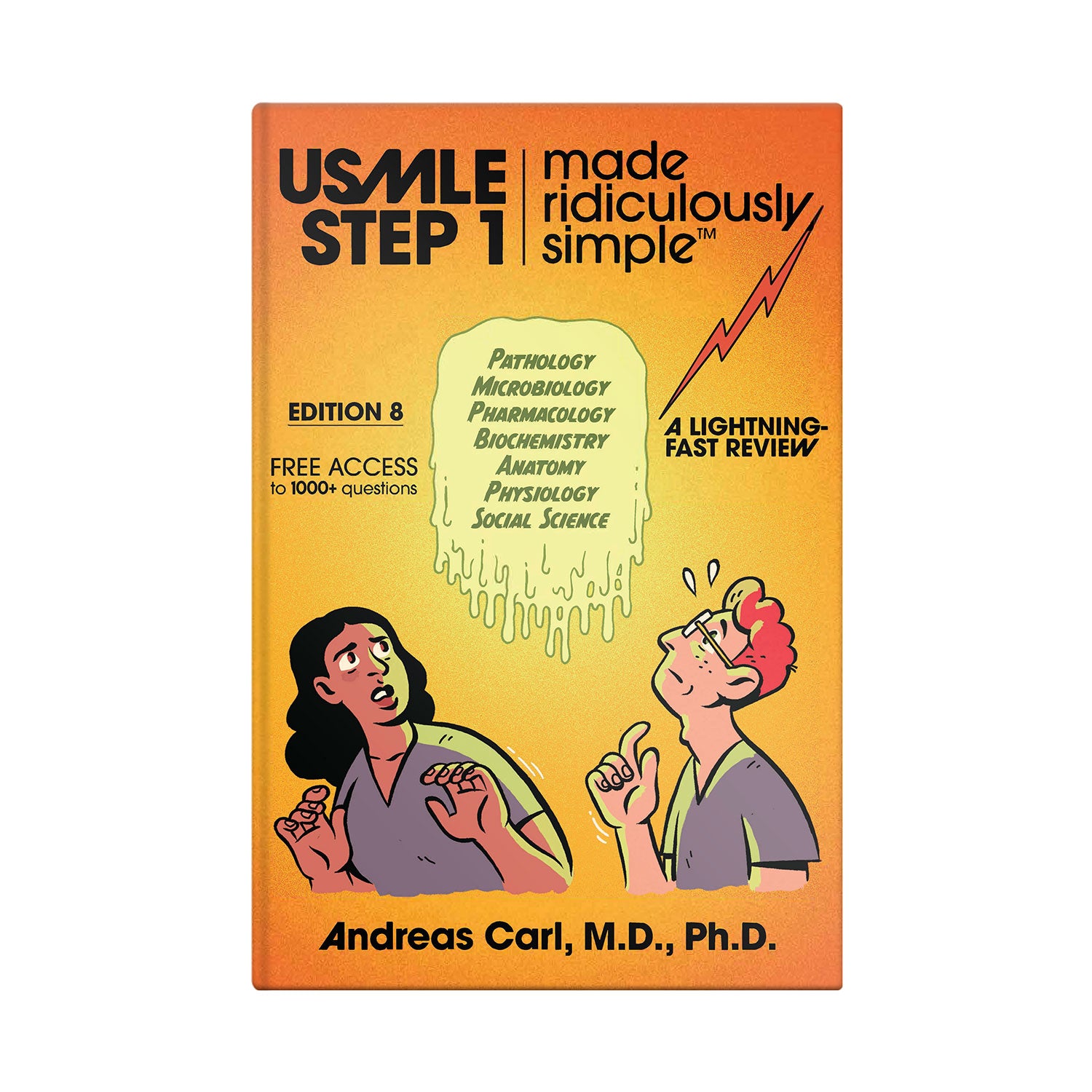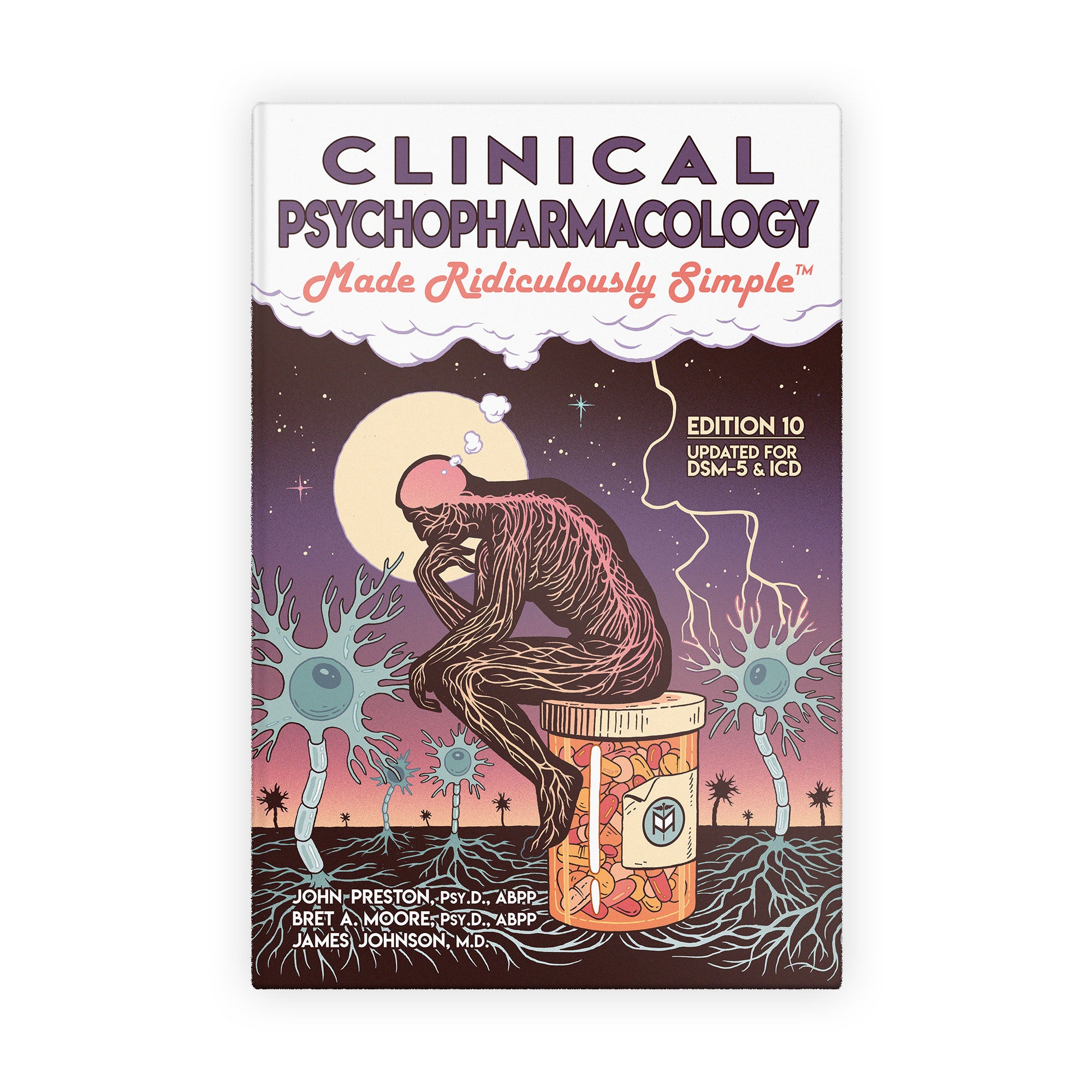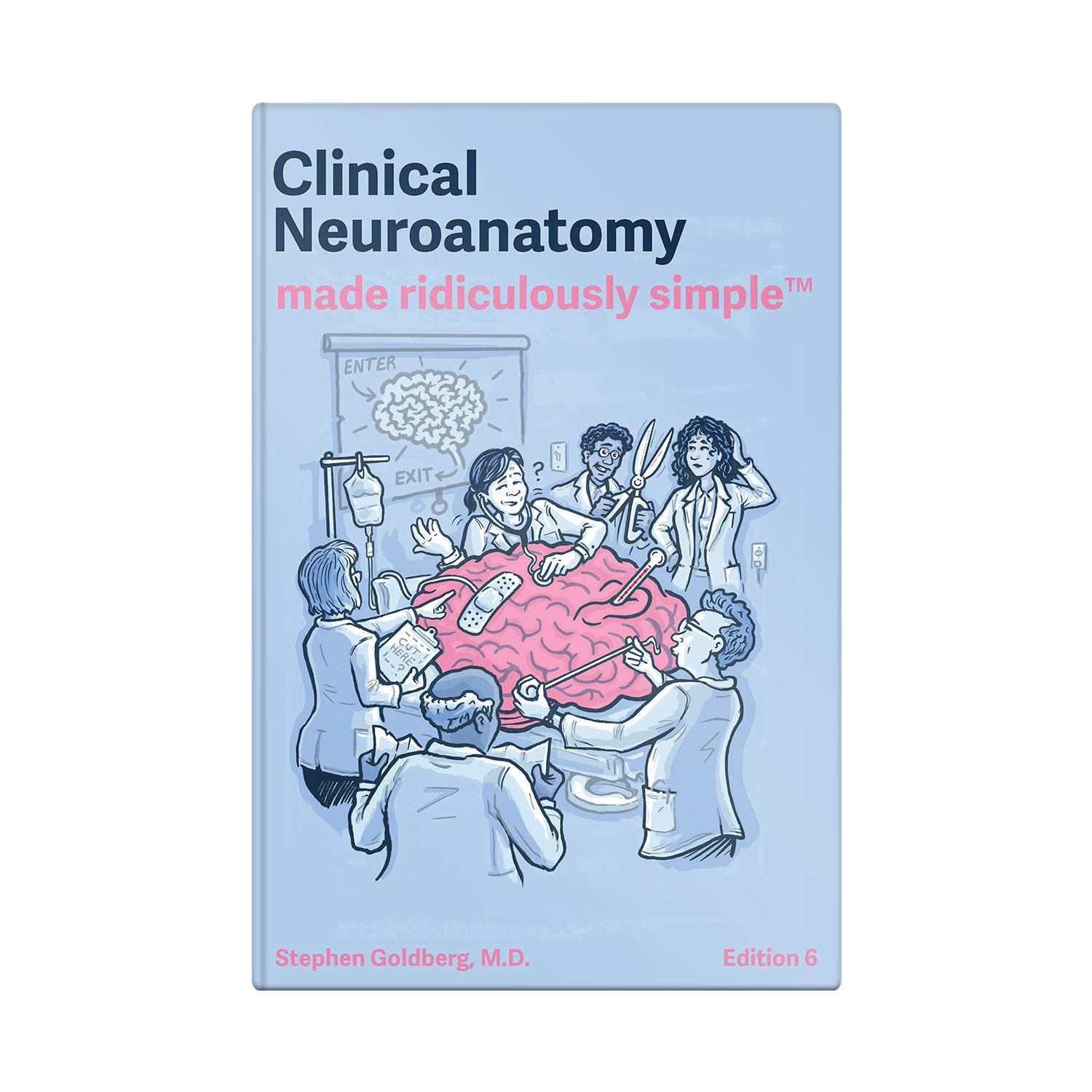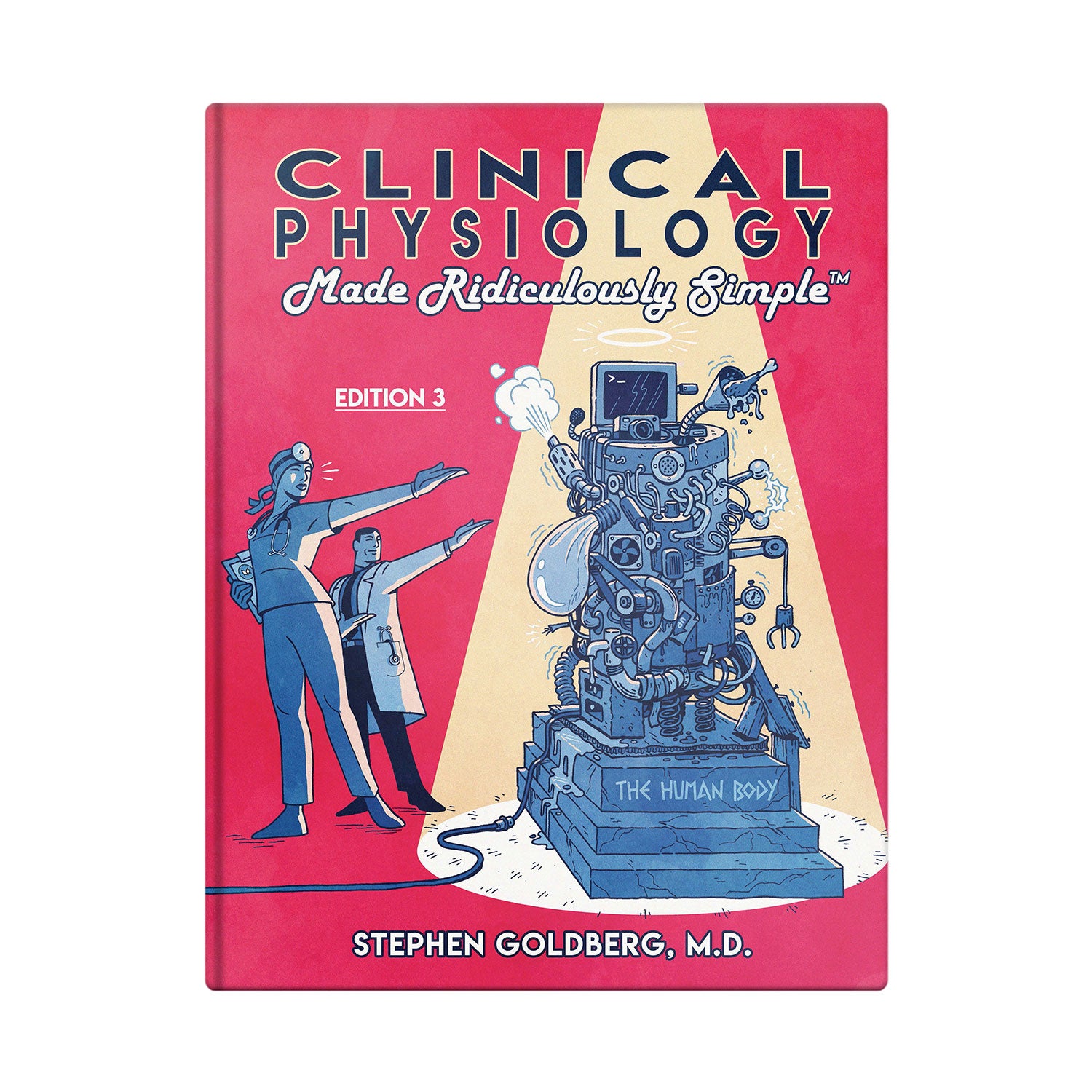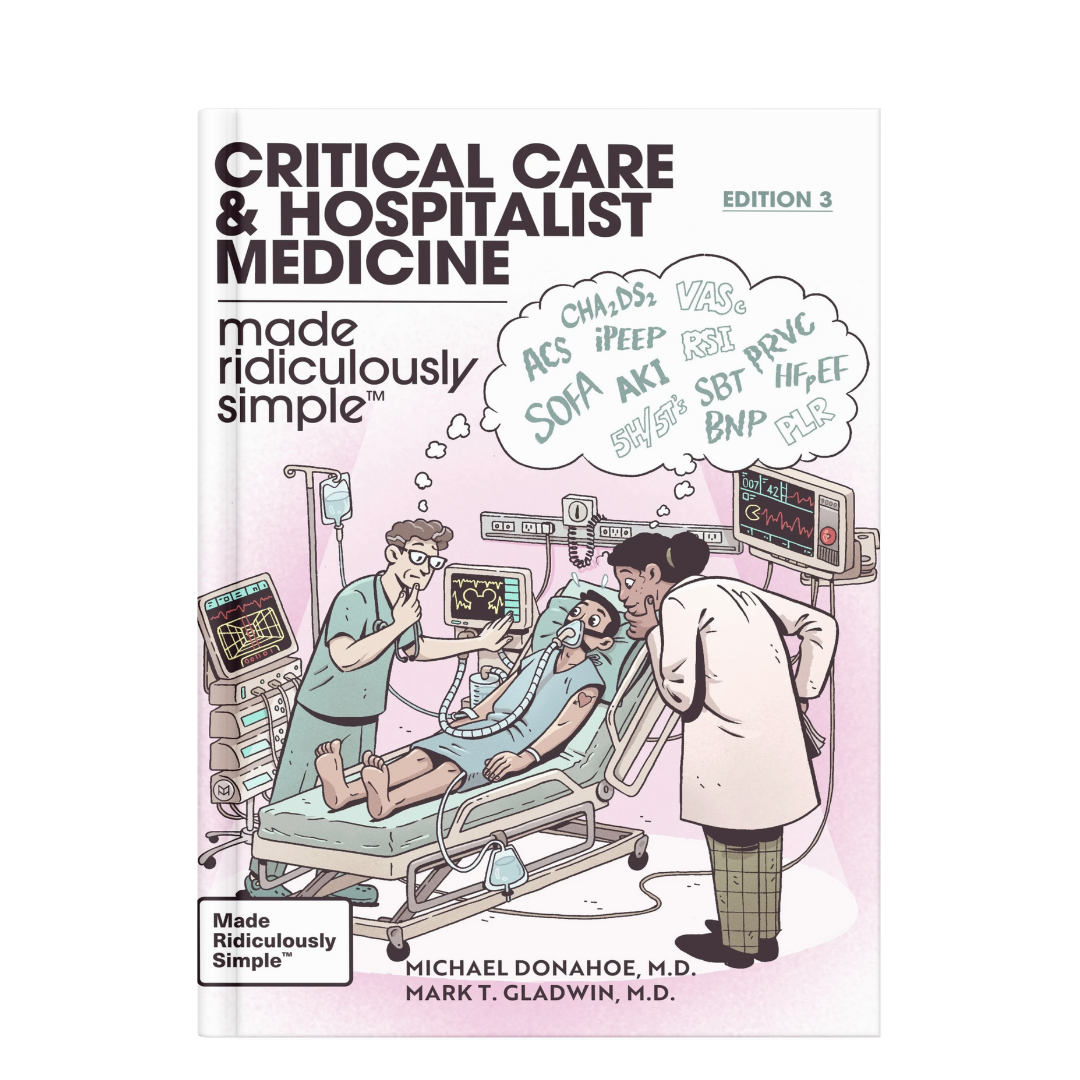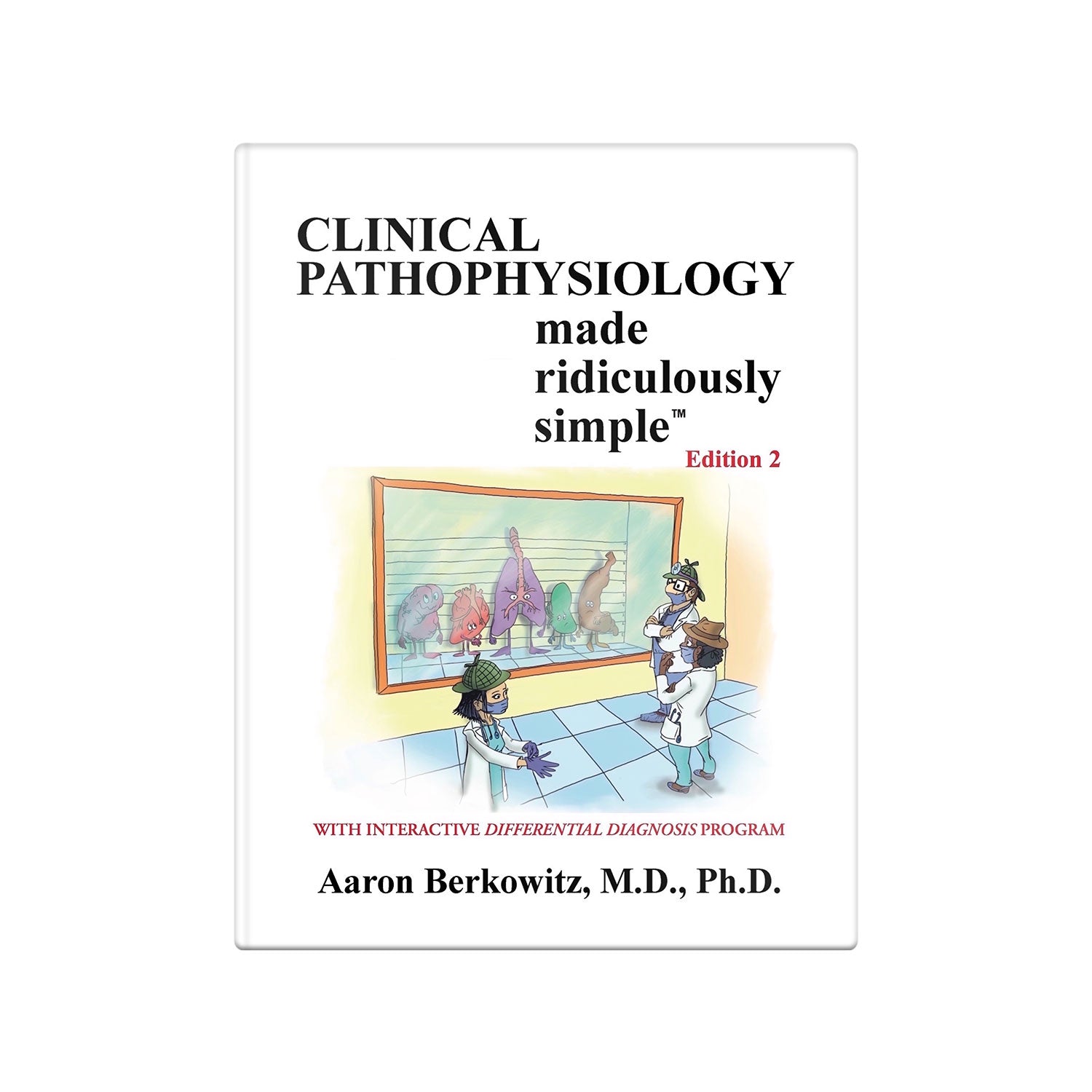
Learning Speeds In Medical School
If you are having difficulty keeping up, you may not be as far behind as you think.
In the classic fable of the Tortoise and the Hare, the tortoise wins the race against the hare by slow and steady persistence. There are some students who quickly grasp concepts and facts, and have a steep rising learning curve. Others are slower, but with persistence, can not only achieve the goal, but achieve a greater degree of knowledge and understanding than quicker learners. Their learning curve may rise slower, but end up higher.
Heroic measures in cardiac arrest
I was a relatively slow reader in medical school. It sometimes felt like I was miles behind and would never catch up. However, I eventually learned that understanding key concepts, as opposed to simple rote memorization of isolated facts, can quickly reduce the gap. Once one has understanding, the facts are more easily organized and remembered.
If you are having difficulty keeping up, you may not be as far behind as you think. Sometimes, understanding a few key points quickly closes the gap. I suggest trying to understand, rather than simply rote memorize, and bear in mind that slow and steady adds up down the line.
The Goldberg Files
The Goldberg Files is based on the struggles of Dr. Goldberg as well as those of his many students which he observed while teaching medical school for 25 years. This extensive blog is dedicated to assisting students in dealing with the stresses of medical education. Want to learn more?


